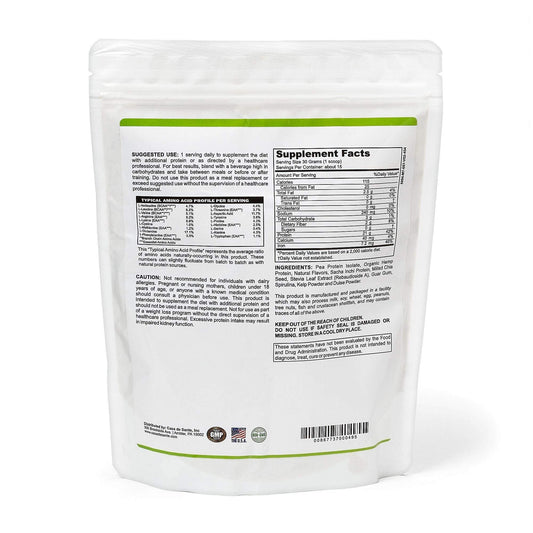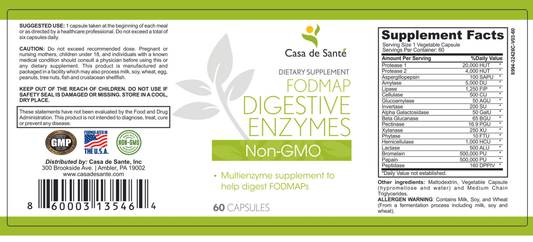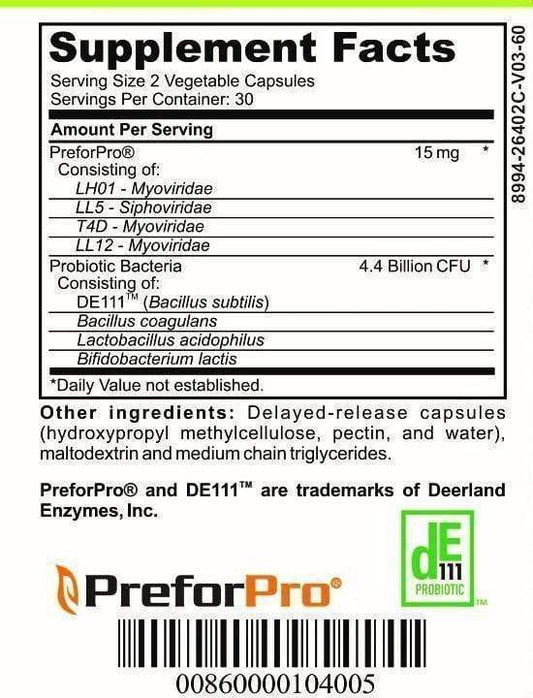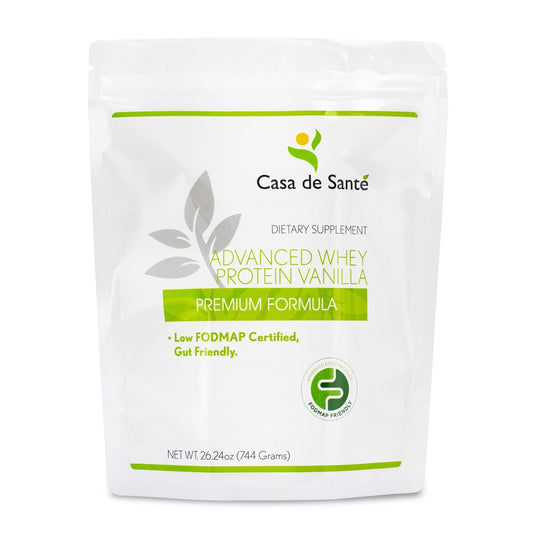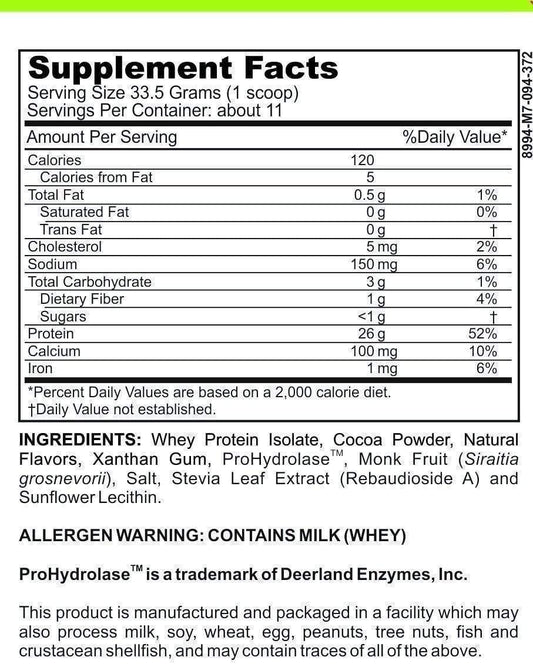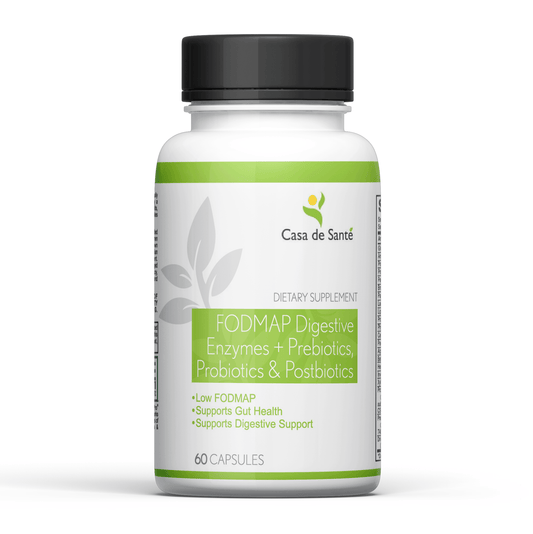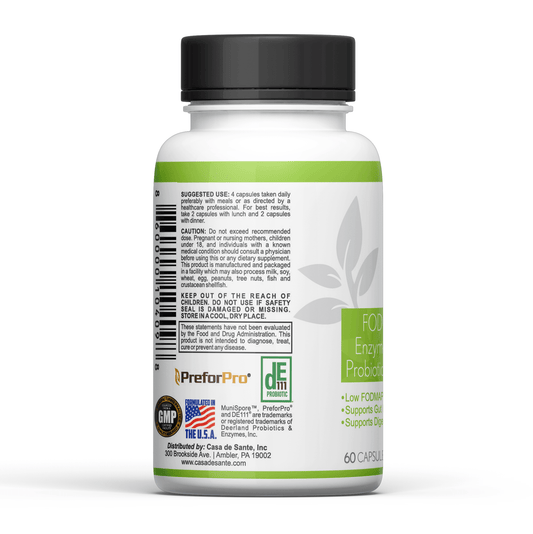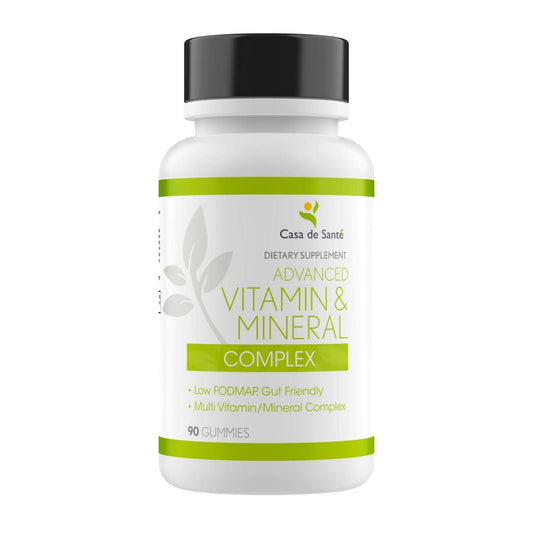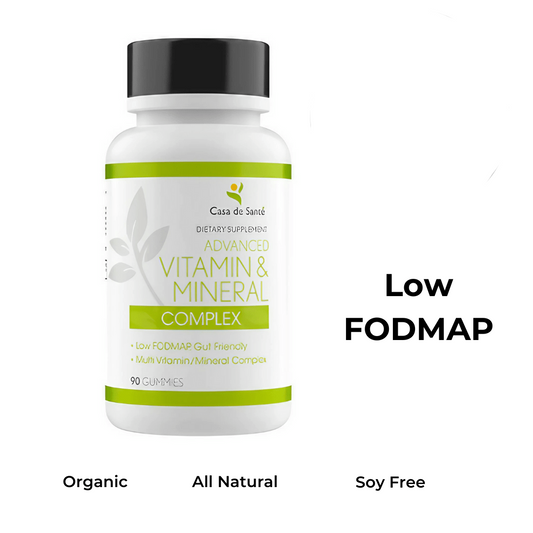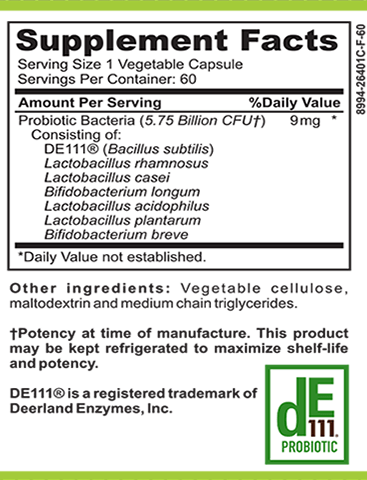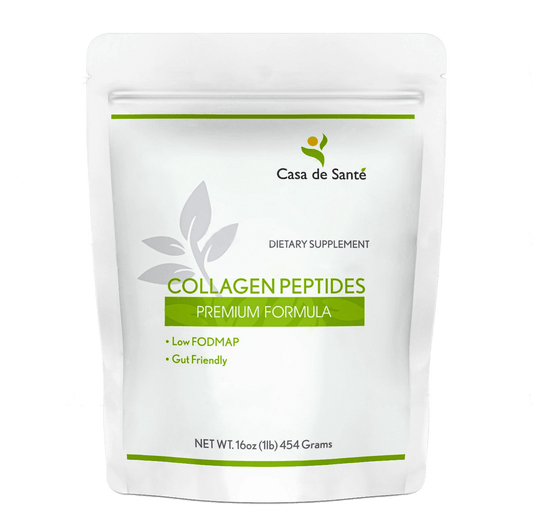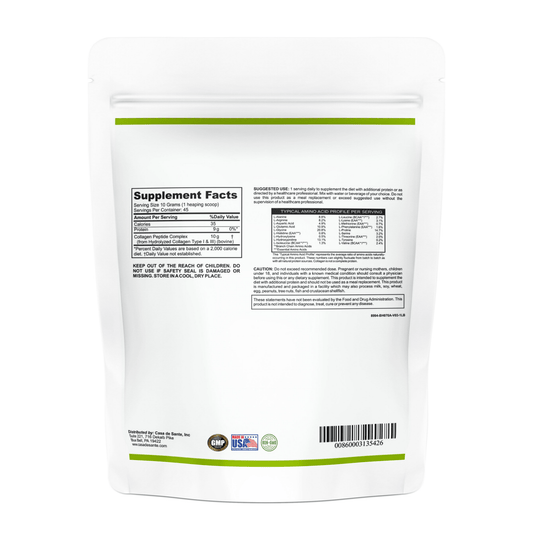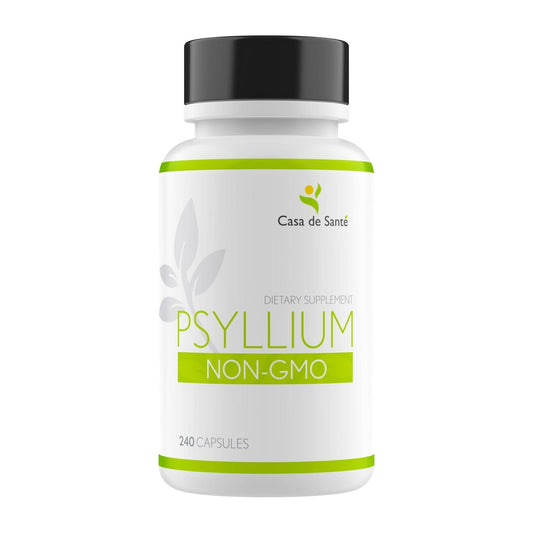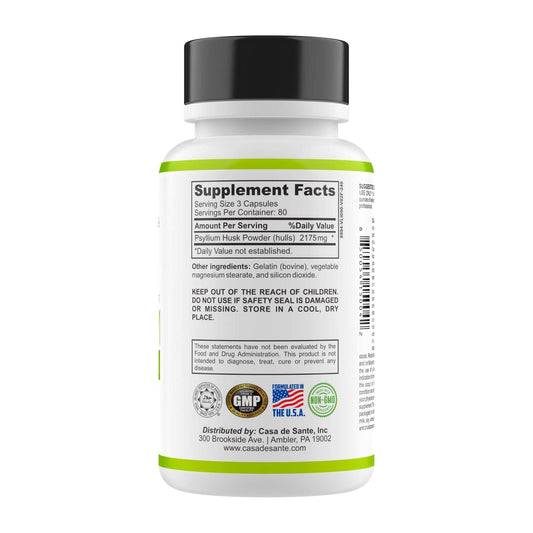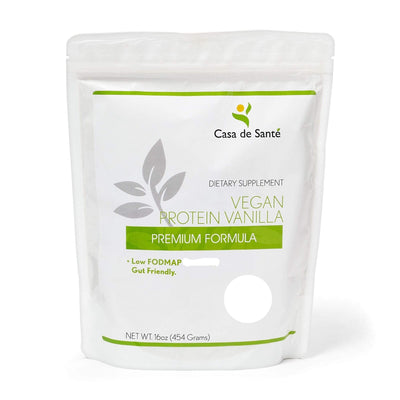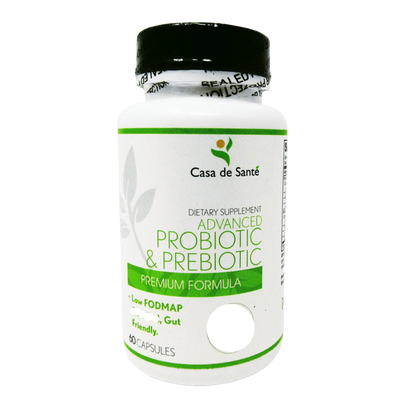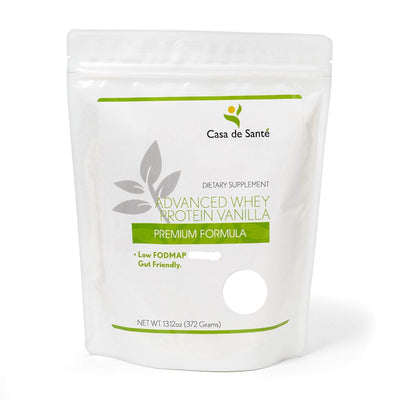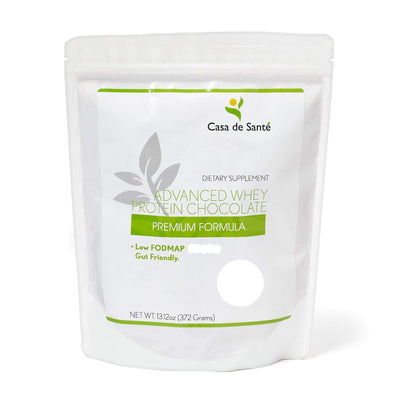Are Truffles Low FODMAP
Are Truffles Low FODMAP
Truffles have been celebrated for centuries as one of the most luxurious and highly sought-after ingredients in the culinary world. But for individuals following a low FODMAP diet, there may be concerns about whether truffles are a suitable choice. In this article, we will explore the relationship between truffles and FODMAPs, dive into their nutritional profile, and discuss ways to incorporate them into a low FODMAP diet.
Understanding FODMAPs
Before we delve into the specifics of truffles and FODMAPs, it is important to have a clear understanding of what FODMAPs are and why they matter. FODMAPs, which stands for Fermentable Oligosaccharides, Disaccharides, Monosaccharides, and Polyols, are certain carbohydrates that can be poorly absorbed in the small intestine, leading to digestive issues such as bloating, gas, and abdominal pain.
For individuals with irritable bowel syndrome (IBS), following a low FODMAP diet can help alleviate these symptoms. By reducing or eliminating FODMAP-rich foods from one's diet, individuals can experience relief from uncomfortable gastrointestinal symptoms and improve their overall quality of life.
What are FODMAPs?
FODMAPs are specific types of carbohydrates that can trigger digestive discomfort in sensitive individuals. They include fructans, which are found in foods such as wheat, onions, and garlic. Lactose, another type of FODMAP, is commonly found in dairy products like milk and yogurt. Fructose, a naturally occurring sugar, can be found in fruits, honey, and some sweeteners. Lastly, polyols, which include sorbitol and mannitol, are often used as artificial sweeteners and can be found in certain fruits and sugar-free products.
When these FODMAPs are consumed, they can be fermented by bacteria in the gut, leading to the production of gas and other byproducts. This fermentation process can cause bloating, discomfort, and other digestive symptoms in individuals with IBS or other digestive disorders.
Why are Low FODMAP Diets Important?
Low FODMAP diets have gained significant traction in recent years as a potential solution for managing symptoms of IBS. Research has shown that reducing or eliminating FODMAP-rich foods from one's diet can help alleviate gastrointestinal symptoms such as bloating, gas, diarrhea, and abdominal pain.
By following a low FODMAP diet, individuals can identify and avoid trigger foods, allowing them to better manage their symptoms and improve their overall quality of life. It is important to note that a low FODMAP diet is not a long-term solution, but rather a short-term elimination diet used to identify trigger foods. Once trigger foods are identified, a dietitian can help reintroduce FODMAPs in a controlled manner to determine individual tolerance levels.
In addition to managing symptoms of IBS, low FODMAP diets have also been studied for their potential benefits in other conditions such as inflammatory bowel disease (IBD), small intestinal bacterial overgrowth (SIBO), and functional gastrointestinal disorders (FGIDs). While more research is needed in these areas, the potential for low FODMAP diets to improve symptoms and quality of life is promising.
The Nutritional Profile of Truffles
Truffles, known for their distinct aroma and intense flavor, offer not only a culinary experience but also a range of potential health benefits. Let's take a closer look at what truffles have to offer nutritionally.
What are Truffles?
Truffles are a type of fungi that grow underground in association with certain tree roots. They belong to the Tuber genus and are highly prized for their unique flavor and aroma. Truffles have a long history of being considered a delicacy, with their use dating back to ancient times. They are often used sparingly in culinary creations, adding a touch of luxury and sophistication to dishes.
Truffles come in various types, with some of the most common being black truffles and white truffles. Black truffles are typically found in Europe, particularly in countries like France and Italy, while white truffles are more commonly found in Italy. Each type of truffle has its own distinct flavor profile, adding depth and complexity to different dishes.
Nutritional Benefits of Truffles
Truffles may be small in size, but they pack quite a nutritional punch. They are not only delicious but also offer a range of health benefits. Let's explore some of the key nutrients found in truffles:
- Potassium: Truffles are a rich source of potassium, an essential mineral that plays a crucial role in maintaining proper heart and muscle function. Adequate potassium intake can also help regulate blood pressure levels.
- Calcium: Truffles contain calcium, which is essential for maintaining strong bones and teeth. Calcium also plays a vital role in muscle function and nerve transmission.
- Iron: Iron is an important mineral that helps transport oxygen throughout the body. Truffles provide a good amount of iron, which is necessary for the production of red blood cells and overall energy levels.
- Magnesium: Truffles are a natural source of magnesium, a mineral that is involved in more than 300 biochemical reactions in the body. Magnesium is essential for maintaining normal nerve and muscle function, regulating blood sugar levels, and supporting a healthy immune system.
- Zinc: Truffles contain zinc, an essential mineral that plays a crucial role in immune function, wound healing, and DNA synthesis. Zinc also supports normal growth and development during pregnancy, childhood, and adolescence.
In addition to these essential nutrients, truffles are also low in calories and fat, making them an attractive option for those watching their waistlines. However, it's important to note that truffles are often used in small quantities due to their strong flavor, so their nutritional impact may vary depending on the amount consumed.
Overall, truffles offer a unique combination of flavor and nutrition. Whether enjoyed in a gourmet dish or used as a finishing touch to elevate a simple meal, truffles provide a delightful culinary experience while also contributing to a well-rounded diet.
Truffles and FODMAPs
Now let's address the burning question—are truffles low FODMAP? It's important to note that truffles contain some FODMAPs, but the levels of these carbohydrates can vary. This means that the impact of truffles on individuals following a low FODMAP diet may differ.
Truffles, those luxurious and highly sought-after fungi, have been a culinary delicacy for centuries. Their distinct aroma and flavor make them a favorite among chefs and food enthusiasts alike. But for those following a low FODMAP diet, the question of whether truffles are safe to consume becomes a matter of great importance.
Are Truffles Low FODMAP?
While truffles do contain FODMAPs, they are generally considered low in FODMAPs in small servings. The recommended serving size for truffles on a low FODMAP diet is around 5 grams. This amount typically falls within the tolerable limits of most FODMAP-sensitive individuals.
Truffles, with their earthy and rich flavor, can add a touch of luxury to a low FODMAP meal. However, it is essential to exercise caution and moderation when incorporating truffles into your diet, especially if you have a sensitive digestive system.
How Truffles Impact Digestion
For individuals with Irritable Bowel Syndrome (IBS), it is crucial to closely monitor their individual tolerance to truffles. Some people may find that consuming larger quantities of truffles can still trigger symptoms, while others may be more tolerant.
Truffles contain a variety of FODMAPs, including oligosaccharides and polyols, which can ferment in the gut and lead to symptoms such as bloating, gas, and abdominal discomfort. However, the exact amount of FODMAPs in truffles can vary depending on factors such as the type of truffle, its ripeness, and how it is prepared.
It is recommended to start with small servings of truffles and gradually increase the amount to assess your individual tolerance. Keeping a food diary can also be helpful in identifying any patterns or triggers that may be causing digestive distress.
Furthermore, it's worth noting that truffles are often consumed in small quantities due to their strong flavor and high price tag. This can be advantageous for individuals following a low FODMAP diet, as it allows them to enjoy the unique taste of truffles without exceeding their FODMAP threshold.
In conclusion, while truffles do contain FODMAPs, they can still be enjoyed in moderation by most individuals following a low FODMAP diet. It's essential to listen to your body and pay attention to how truffles impact your digestion. With careful monitoring and portion control, truffles can be a delectable addition to your low FODMAP culinary repertoire.
Incorporating Truffles into a Low FODMAP Diet
Despite the potential FODMAP content, truffles can still be enjoyed by individuals following a low FODMAP diet. Here are some tips for incorporating truffles into your diet while minimizing the risk of triggering symptoms:
Truffles, with their distinct and earthy flavor, can add a touch of luxury to your low FODMAP meals. While it's important to be mindful of portion sizes and individual tolerance, there are numerous ways to savor the unique flavor of truffles while maintaining a low FODMAP diet. Here are some ideas to get you started:
Ways to Use Truffles in Your Diet
1. Add a sprinkle of truffle shavings to scrambled eggs or omelets: Transform your breakfast into a gourmet experience by grating a small amount of truffle over your fluffy eggs. The rich aroma and delicate flavor of truffles will elevate your morning meal to new heights.
2. Use truffle-infused oils sparingly as a finishing touch on roasted vegetables or salads: Drizzle a few drops of truffle-infused oil over your favorite low FODMAP vegetables, such as zucchini, bell peppers, or carrots, before roasting them to perfection. The oil will impart a subtle truffle flavor that will make your taste buds dance with delight.
3. Create a flavorful truffle sauce to accompany grilled meats or vegetables: Combine a low FODMAP broth, a splash of white wine, and a touch of truffle oil in a saucepan. Simmer the mixture until it reduces and thickens slightly. Pour this delectable truffle sauce over your grilled chicken, steak, or roasted vegetables for a gourmet twist.
4. Make a low FODMAP truffle risotto using appropriate rice and lactose-free dairy alternatives: Risotto lovers can still indulge in the creamy goodness of this classic dish while following a low FODMAP diet. Use a suitable rice variety, such as Arborio or Jasmine, and replace regular dairy with lactose-free alternatives, like lactose-free milk or cheese. Finish off your risotto with a generous sprinkle of truffle shavings for an unforgettable dining experience.
Precautions When Using Truffles in a Low FODMAP Diet
It is vital to remember that all individuals have different levels of sensitivity to FODMAPs. If you are considering including truffles in your low FODMAP diet, be mindful of portion sizes and monitor your body's response. Some individuals may find that they can tolerate larger quantities of truffles, while others may need to be more cautious.
When incorporating truffles into your low FODMAP diet, it's always a good idea to consult with a registered dietitian or healthcare professional who specializes in digestive health. They can provide personalized guidance and help you navigate the complexities of the low FODMAP diet, ensuring that you can enjoy truffles without compromising your digestive well-being.
Conclusion: Truffles and Low FODMAP Diets
Truffles can indeed be enjoyed by individuals following a low FODMAP diet. While they do contain FODMAPs, the levels are generally considered low in small servings. By carefully monitoring portion sizes and individual tolerance, truffles can be a delightful addition to a low FODMAP culinary repertoire. So go ahead and indulge in the exquisite flavors that truffles have to offer!


